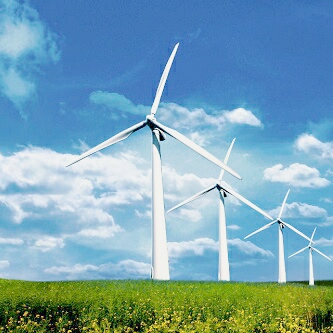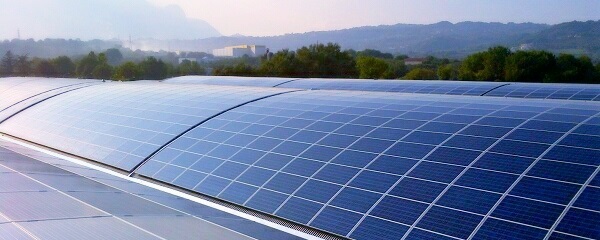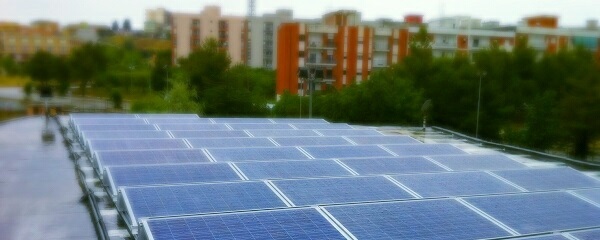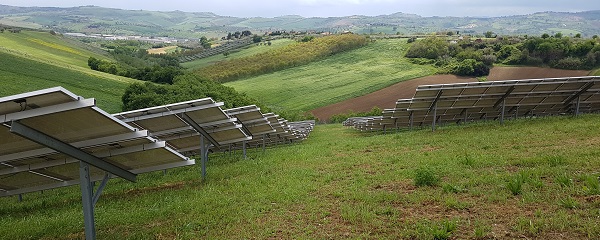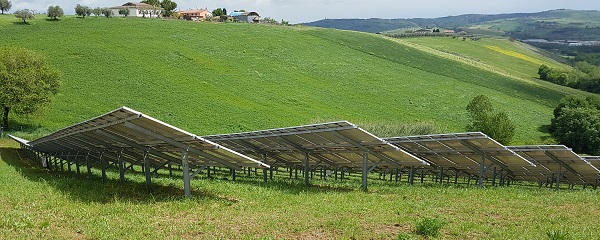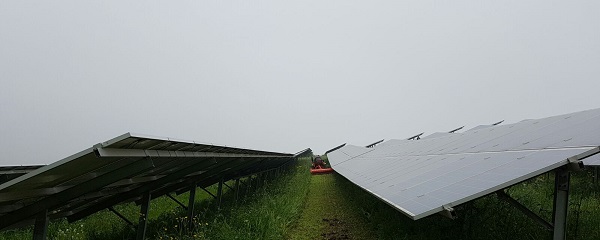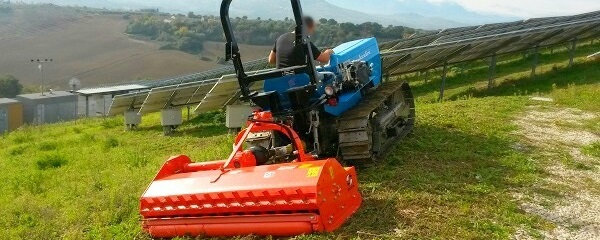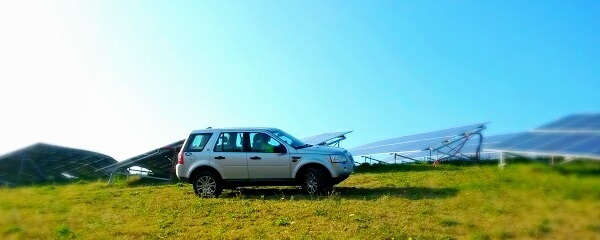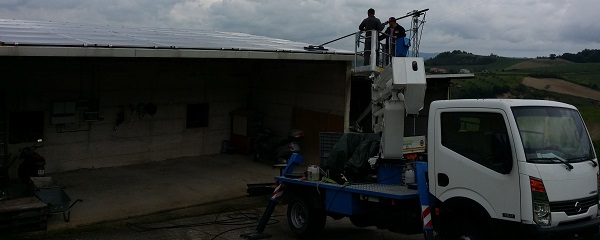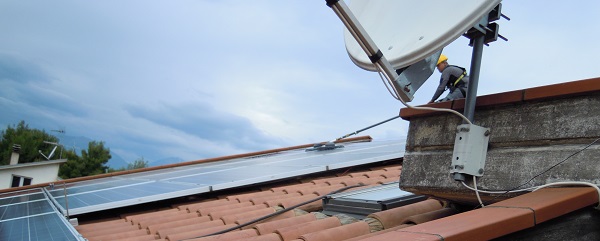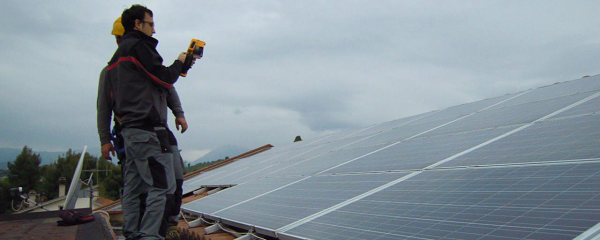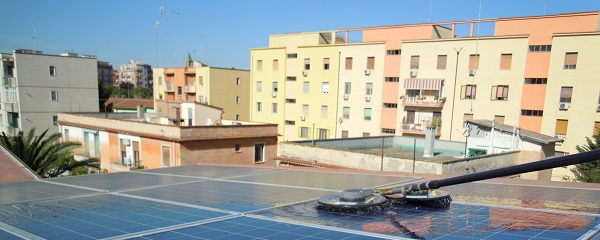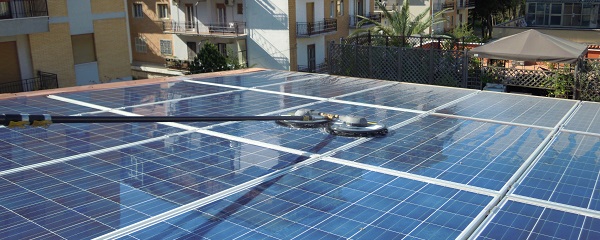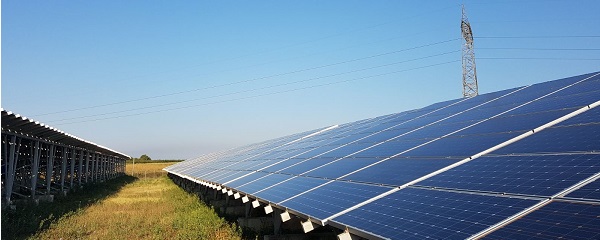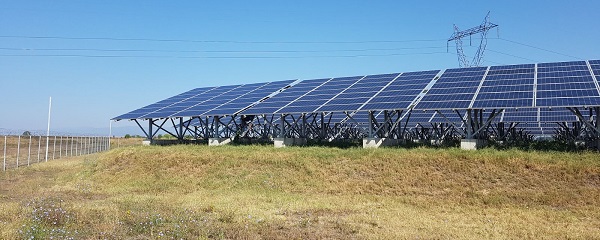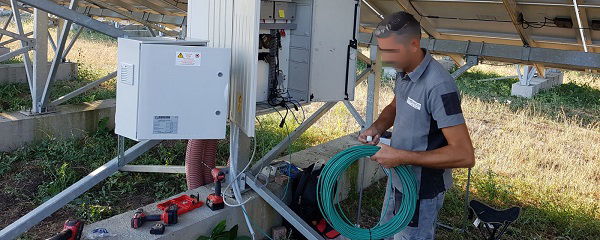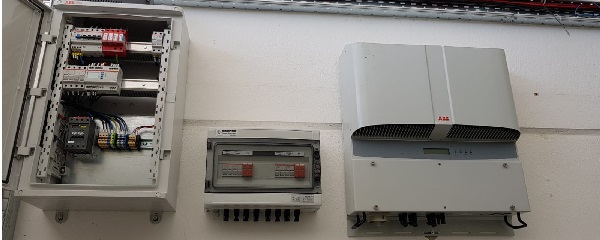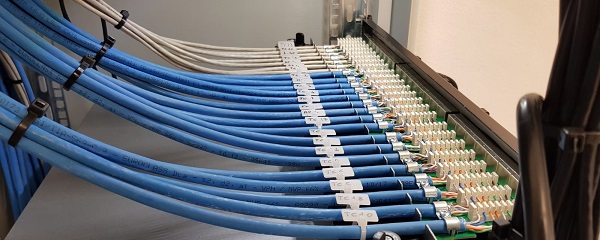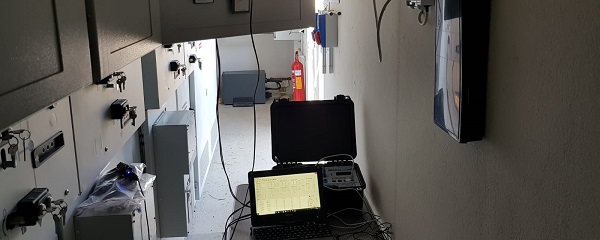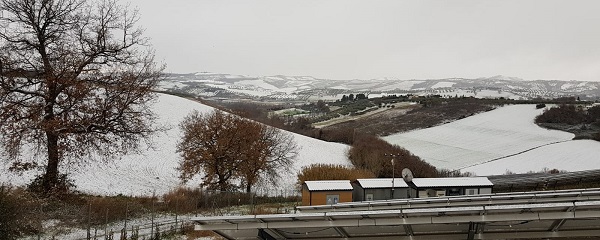A wind power plant is a system for the production of energy. The wind systems exploit the resource "wind" to produce electricity. Wind power plants are generally divided into two categories: wind farms and small-scale wind plants.
Due to the small size and ease of installation small-scale wind plants adapt very well to the inclusion in existing settlements for individuals and companies.
This large family of plants is covered by systems with different features and applications.
Depending on the technology used, wind power plants can be further divided into:
- horizontal axis plants (two-blade, three-blade, multiblade). Are the most common, derived from the technology of wind farms. The rotor is disposed vertically and is oriented chasing the wind direction;
- vertical axis plants. The rotor comes in many shapes and geometries on the basis of the technical solution identified by the individual producer. They have attractive features in terms of strength and silent although they are generally more expensive than the horizontal axis ones.
How does the wind farm work?
The intensity of the wind is measured by its speed (in meters per second or kilometers per hour). Typically a wind turbine of small or medium size does not react when the wind has not a speed up 2.5-3 meters per second (about 9-11 km / h). Once this minimum wind speed gets over the rotor starts spontaneously and begins to generate electricity. However at low speeds of wind correspond meager values of power delivered by the machine. This means that, for example, a turbine of 1 kW rated power, in minimum conditions of wind which make it start will generate a negligible power, not more than some tens of watts. When the wind increases, the power produced by the machine increases more than proportionally, until reaching the values declared as "nominal" to 12-14 meters per second (about 40-50 km / h).
Wind speeds above the nominal cause very limited increases in electric power generated because control systems (electronic and/or mechanical) intervene to reduce the stresses to wich are subjected the mechanical and electrical components. Under extreme conditions of wind almost all wind systems stop to prevent damage. Considering the above said, it is necessary to choose a site that is not only able to put in motion the wind generator but which is such as to ensure on average over time, a delivered power, and consequently a generated energy, adequate to justify the initial expenditure supported. The data that provides a good criterion, although indicative, is the average wind speed on an annual basis of the chosen site. It is a parameter that has remained fairly constant over the years and ensures, therefore, stability of benefits in terms of energy produced.
A wind power system connected to the electrical network consists of the following components:
- support, usually made of a steel pile driven into the ground (directly, or more often through reinforced concrete foundation). The height of the pole is related to the power plant;
- turbine, constituted in turn by the rotor (blades) and from the capsule that contains the mechanical motion transmission stamped from the rotor and the electrical generator;
- control system of the generator and inverter, namely the electronic equipments that manage the operation of the system rotor-generator in all wind conditions and that allow the adjustment of electricity produced to the characteristics of the electricity network.
Design and installation
The installation of wind power plants has the following advantages:
- the absence of any type of pollutant emission;
- saving of fossil fuels;
- competitive costs;
- low maintenance;
- low environmental impact.
The intervention consists of the following phases.
- Preliminary survey at the site of installation;
- Elaboration of the Feasibility Study through anemometer analysis of the site and presentation to the client of the estimate costs;
- Request to connect to the distribution network (TICA);
- Request authorization to the City Hall and possibly to the entities that put a constraint on the site involved in the project (nature, landscape, etc...);
- Elaboration of the Executive Project;
- Dispatching of administrative formalities;
- System installation and verification of a declaration of conformity Electric 37/08 (ex 46/90);
- Assistance under "Commissioning" (connection) by ENEL;
- Preparing documentation in order to obtain the incentives.
For the purposes of the choice, it is important to remember that according to the DM 37/08, every plant project must be drafted according to the rule of art, which is split in addition to existing legislation, including the indications of the guides and standards of UNI, the IEC and other standardization entities belonging to the Member States of EU.
Maintenance
As a rule, a photovoltaic system works fully automatically and without failures for many years. Those who have a photovoltaic plant should verify its correct operation with special attention to the yield of the same.
In fact, in the case it falls short of expectations, we must investigate the reason and recognize if this is normal or whether it may be due to a malfunction. Economic losses caused by a malfunction that is protracted over time, could be considerable.
For these reasons, the inspection and maintenance of your photovoltaic system are especially important, as well as affordable. In fact, you can always count on a system developed in excellent condition and will ensure a more optimal performance resulting in a revenue loss. The signing of the maintenance contract also induces additional benefits. First of all that of always having a qualified reference point to which contact in case of malfunction or failure.
Production Verification
With the introduction of tariffs for the kilowatt-hour produced by photovoltaic systems, those who have invested in the construction of a plant have a strong economic interest that the plant functions properly. Therefore verification of performance plays a fundamental role. It typically includes the following phases:
- Monthly analysis of the production system.
The production plant is counted and can be read on a special display on the inverter or the data logger connected downstream. Data must also be related to weather conditions of the period considered, that can generate values deviate from expectations even if the system is fully functional. - Normalization of values.
We proceed to the normalization of data for comparison with those of other plants or with the values expected from the project. Although you can perform a monthly check, the most significant data is the annual production. The year in fact represents a complete cycle that allows a comparison with other systems with similar characteristics in addition to the statistical data. - Comparison with other data.
In addition to direct measurement it is also possible to proceed to the measurement data of the counter and compare them appropriately with other sources. In principle, what really matters is not the absolute value of the performance but that relative to other systems installed nearby. This fact allows you to figure out if a specific plant there are problems caused by faults or micro-inefficiencies that make the plant less productive. - Check disbursement of incentives.
The last, but not least, verification is the device analysis establishing fees that have been paid and which are being delivered to the facility. In particular, you may need to make a communication manual readings to the GSE for alignment, appropriate disbursement of incentives (particularly relevant for "large systems").



